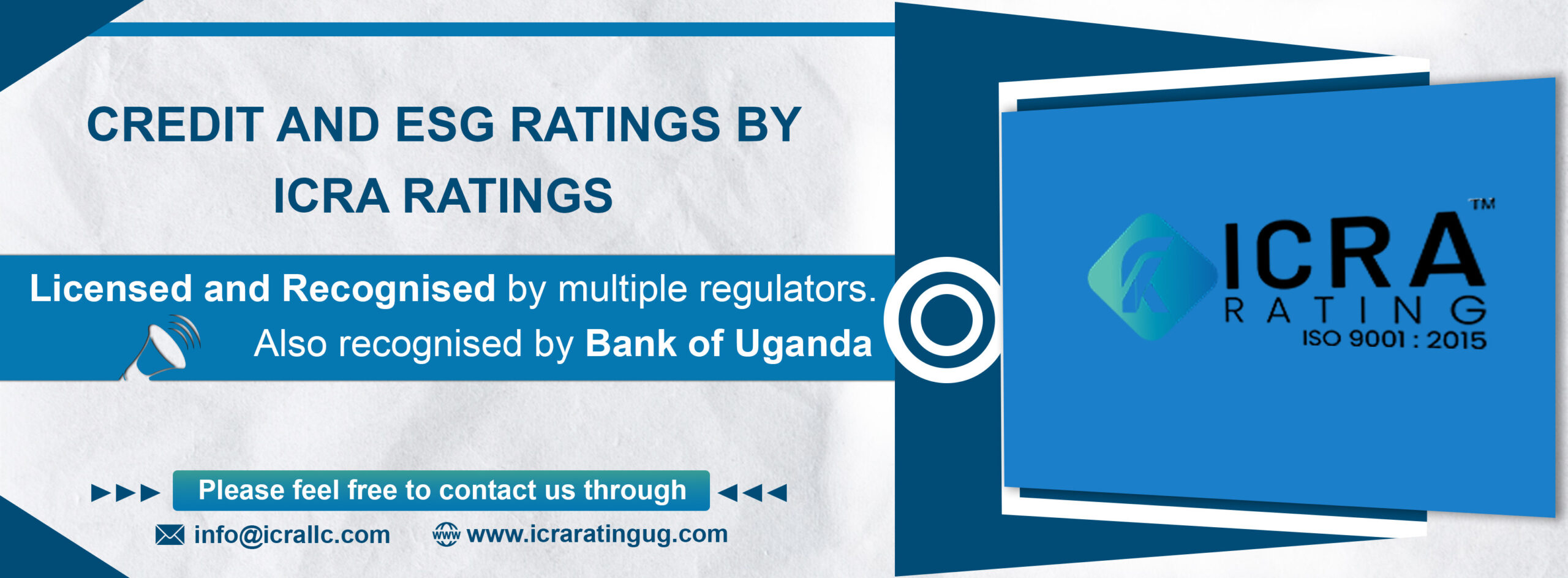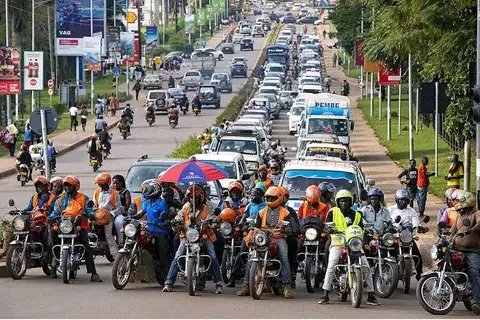A growing number of motorists and commercial drivers have expressed frustration over the implementation of the new Traffic and Road Safety (Prescription of Speed Limits) Regulations, citing unclear signage, poor public sensitization, and what they describe as unjustified penalties under the automated enforcement system.
Drivers along major routes like Entebbe road say they are being fined despite efforts to comply with the law, with many complaining that speed limits are either not visibly marked or are introduced without sufficient warning.
Peter Kaggwa, a driver with Fly Express in Entebbe, said the confusion has forced several of his colleagues to stop operations altogether.
“Right now, our cars are parked. We cannot risk moving without knowing the consequences. We need clarity,” Kaggwa told the media during a briefing.
Ismail Mukuye, an airport taxi driver, shared similar frustrations, saying the system feels revengeful and malicious even to those who try to follow the rules.
“Even if you are careful, you still find yourself paying. It’s like the rules are set up to trap us,” Mukuye said.
Motorists argue that the regulations were rushed into force without adequate public education, especially regarding the locations of enforcement zones and the specific penalties involved.
Steven Andama, a private motorist who regularly uses Entebbe Road, said he received a fine despite closely monitoring his speed.
“I tried to control my speed and even monitored my gauge, but I still got a ticket. “I am now considering using alternative routes just to avoid the cameras,” he said.
In response to the backlash, traffic police spokesperson SP Michael Kananura has defended the new measures, stressing that the intention is to improve road safety, not punish drivers.
“The speed limit regulations are not meant to punish motorists but to protect lives and reduce accidents on our roads,” SP Kananura explained.
He acknowledged the concerns about visibility and awareness, adding that authorities are addressing the issues in partnership with the Ministry of Works and Transport.
“We are working to ensure that all speed zones are clearly marked, and public awareness campaigns are ongoing,” SP Kananura added.
The Electronic Penalty System (EPS), now fully operational across several major roads, uses Automated Number Plate Recognition (ANPR) cameras to detect and fine drivers in real time for speeding and red-light violations.
According to the current enforcement guidelines, exceeding the speed limit by 1 to 30 km/h results in a fine of UGX 200,000, and exceeding the limit by 31 km/h or more attracts a UGX 600,000 penalty. These fines are automatically generated once a violation is detected near designated enforcement zones or marked signage.
Despite assurances from police, public discontent is mounting. Drivers are now demanding urgent action, including clearer road signage, temporary suspension of fines in poorly marked areas, and a nationwide sensitization campaign to clarify the new regulations.















